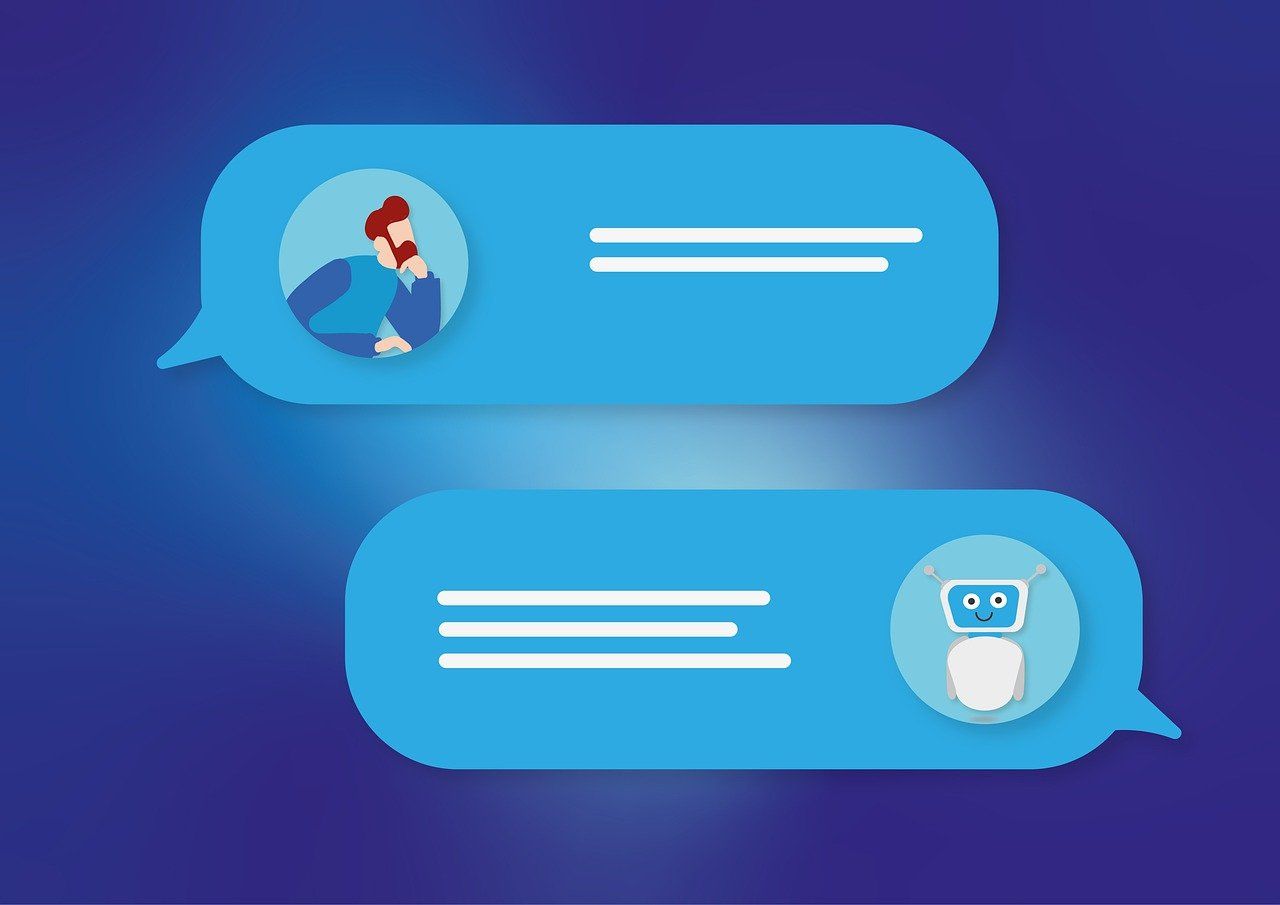Simplifying AI Integration with API-Driven Microservices
 As artificial intelligence (AI) continues to evolve, businesses are increasingly looking to integrate AI capabilities into their existing systems. However, this integration can often be complex and resource-intensive. Enter API-driven microservices - a game-changing approach that's simplifying AI integration and making advanced AI capabilities more accessible than ever.
As artificial intelligence (AI) continues to evolve, businesses are increasingly looking to integrate AI capabilities into their existing systems. However, this integration can often be complex and resource-intensive. Enter API-driven microservices - a game-changing approach that's simplifying AI integration and making advanced AI capabilities more accessible than ever.
Understanding API-Driven Microservices
What are Microservices?
Microservices are an architectural style that structures an application as a collection of small, loosely coupled services. Each service is focused on doing one thing well, runs in its process, and communicates via well-defined APIs.
The Role of APIs
Application Programming Interfaces (APIs) act as the glue between these microservices, allowing them to communicate and share data efficiently. They provide a standardized way for different software components to interact, regardless of their underlying architecture.
The Power of AI Microservices
Modularity and Flexibility
AI microservices encapsulate specific AI functionalities (e.g., image recognition, natural language processing) into standalone units. This modularity allows businesses to easily add, remove, or update AI capabilities without disrupting the entire system.
Scalability
API-driven microservices can be scaled independently based on demand. This means you can allocate resources more efficiently, scaling up only the AI services that are in high demand.
Technology Agnostic
With API-driven microservices, the underlying AI technology becomes abstracted. This allows businesses to leverage the best AI solutions without being tied to a single vendor or technology stack.
Implementing AI Microservices
Identifying AI Capabilities
The first step is to identify which AI capabilities your business needs. Common examples include:
- Natural Language Processing
- Computer Vision
- Predictive Analytics
- Recommendation Systems
Designing the API
Careful API design is crucial. It should be intuitive, well-documented, and follow RESTful principles where appropriate. This ensures ease of use and integration for developers.
Containerization
Using container technologies like Docker can further simplify the deployment and management of AI microservices, ensuring consistency across different environments.
Benefits for Businesses
Faster Time-to-Market
By leveraging pre-built AI microservices, businesses can rapidly prototype and deploy AI-powered features without starting from scratch.
Cost-Efficiency
The pay-as-you-go model of many API services means businesses only pay for the AI capabilities they use, reducing overall costs.
Focus on Core Competencies
With AI functionalities abstracted into easy-to-use APIs, development teams can focus on building core business logic rather than getting bogged down in complex AI implementations.
Challenges and Considerations
Security
As with any distributed system, security is paramount. Implement robust authentication and encryption for all API communications.
Performance
While microservices offer many benefits, they can introduce latency. Careful design and optimization are necessary to ensure high performance.
Versioning
As AI models and APIs evolve, maintaining backward compatibility and managing different versions becomes crucial.
Conclusion
API-driven microservices are revolutionizing the way businesses integrate AI capabilities. By breaking down complex AI functionalities into manageable, scalable services, this approach is democratizing access to advanced AI technologies.
As the AI landscape continues to evolve, embracing this architectural style will be key for businesses looking to stay competitive and innovative.
Want to learn more about our healthcare solutions?
Discover how our AI technology can transform your healthcare practice.
Related Articles


